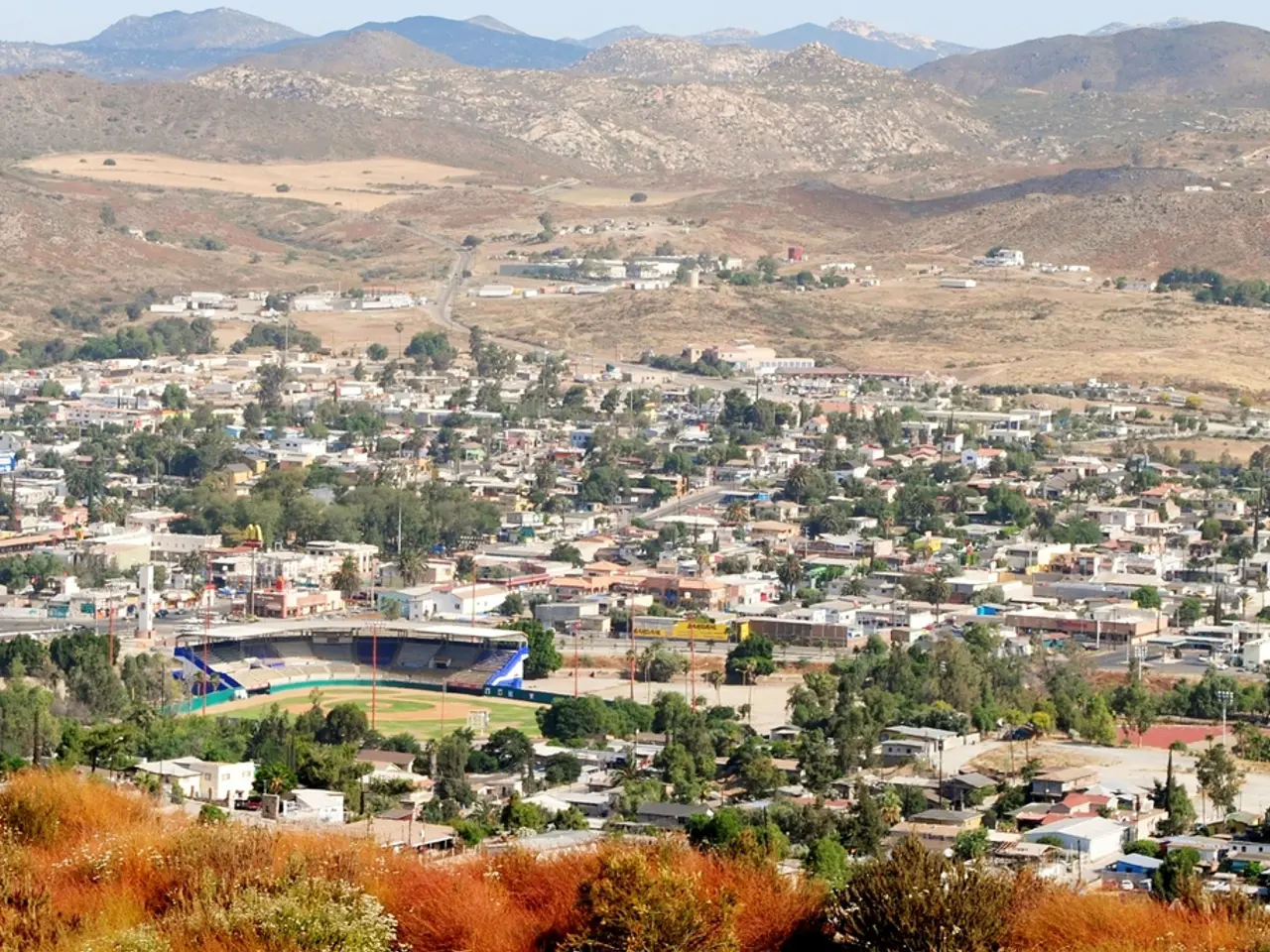Natural Disasters Amidst Climate Warming
In a world where climate change continues to dominate headlines, a lesser-known connection is emerging between our warming planet and seismic activity.
Droughts, a common symptom of climate change, can lead to an increase in earthquakes. This is due to the rising and falling stress loads on locales along fault lines and plate boundaries, a phenomenon that has been observed to cause the movement of entire mountain ranges.
The term for earthquakes caused by glacier melting is glacial earthquakes. These typically peak in the summer months in places like Greenland, but as global temperatures rise and glaciers retreat, glacial earthquakes are growing in strength and frequency.
Another human activity linked to increased seismic activity is hydraulic fracturing, or fracking. The process releases pockets of methane into the atmosphere, a greenhouse gas that causes global warming. Moreover, there is a direct correlation between an increase in earthquakes and fracking, specifically the disposal of waste fluids utilized in the process, which are a byproduct of oil production.
The United States Geological Survey admits to an increase in earthquakes in regions where hydraulic fracturing is widespread, but denies a direct causal relationship.
Climate change is not just impacting the frequency and strength of earthquakes, but also the volcanic activity. Glacier melting due to global warming can cause changes in the stress upon Earth's crust, leading to an increase in volcanic activity and earthquakes.
Indigenous peoples across the globe have long been aware of this connection. Ancestral teachings continue to provide life-saving knowledge to modern day Indigenous folks, such as the stories about earthquakes among Native American tribes in California and the Pacific Northwest. These narratives have been confirmed by modern geology.
One of the most significant earthquakes in history, the one that occurred on the night of January 26, 1700, was also noted by Indigenous tribes along the coast. This earthquake, which scored a 9 on the Richter scale, remains one of the largest ever recorded.
The inability to understand the connection between human activities and seismic events prevents humanity from facing the challenges of climate change and understanding our role in the Universe as the children of Earth.
Everything on the surface, including us, is affected by seismic events. Major fault lines of Earth's crust are located on the edges of major tectonic plates, and it is along these fault lines where the most violent earthquakes occur.
Significant changes in atmospheric pressure that occur in congruence with hurricanes can cause a release of energy stored in the Earth's crust, leading to earthquakes. Even the simple passage of tides can give rise to tremors in the Earth's crust due to the gravitational pull of the Moon.
As we grapple with the consequences of climate change, it is crucial to acknowledge and address the interconnected crises we face. Understanding the relationship between human activities and seismic events is a crucial step in this journey.
Read also:
- Understanding Hemorrhagic Gastroenteritis: Key Facts
- Stopping Osteoporosis Treatment: Timeline Considerations
- Tobacco industry's suggested changes on a legislative modification are disregarded by health journalists
- Expanded Community Health Involvement by CK Birla Hospitals, Jaipur, Maintained Through Consistent Outreach Programs Across Rajasthan








